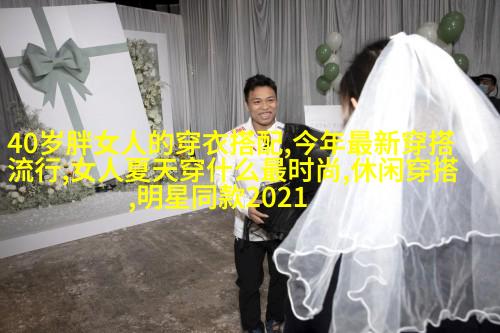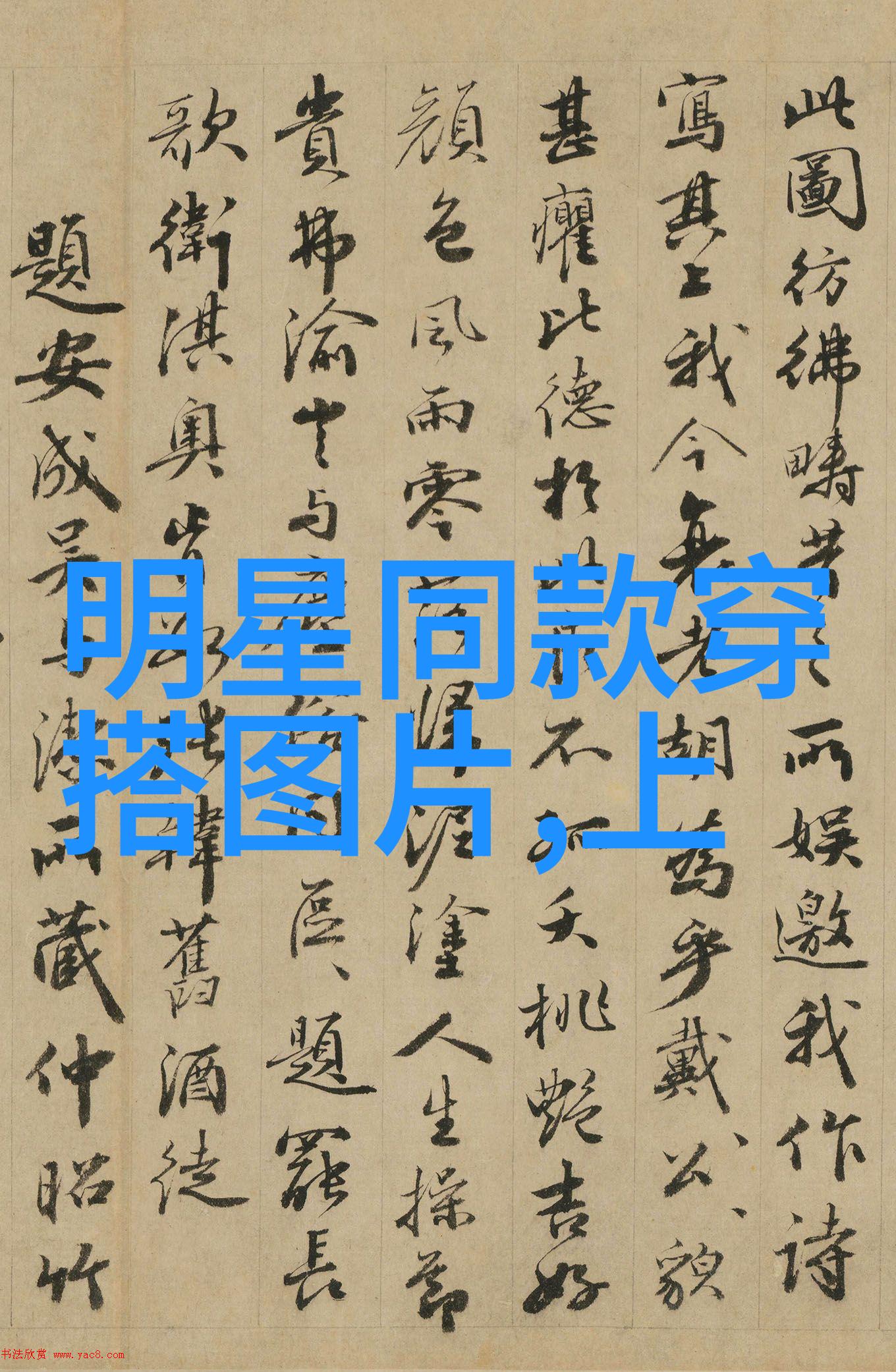Vintage Vibes: A Journey Through the Timeless Charm of Retro English

The Birth of Retro English
Retro English, also known as vintage slang or old-timey words, has its roots in the 19th and early 20th centuries. This unique language style was popularized by writers such as Mark Twain and F. Scott Fitzgerald, who used it to create a sense of nostalgia and timelessness in their works.

Characteristics of Retro English
One distinct feature of retro English is its use of antiquated vocabulary, phrases, and grammatical structures that are no longer commonly used today. It often employs words like "gadabout" for a social butterfly or "the cat's pajamas" to describe something excellent.

Influences on Modern Language
Despite being an older form of expression, retro English has had a significant impact on modern language usage. Many contemporary authors continue to draw inspiration from this era's linguistic style when crafting their stories.

Revival in Popular Culture
In recent years, there has been a resurgence of interest in retro culture across various media platforms such as film, television shows and music genres like swing jazz or rockabilly.

Cultural Significance
The popularity of retro English reflects society's fascination with the past and our desire for connection with earlier eras through language.
Legacy Today
As people continue to appreciate the charm associated with vintage items such as clothing or antiques so too do they find appeal in speaking and using terms from another time period adding richness diversity to our modern communication landscape



